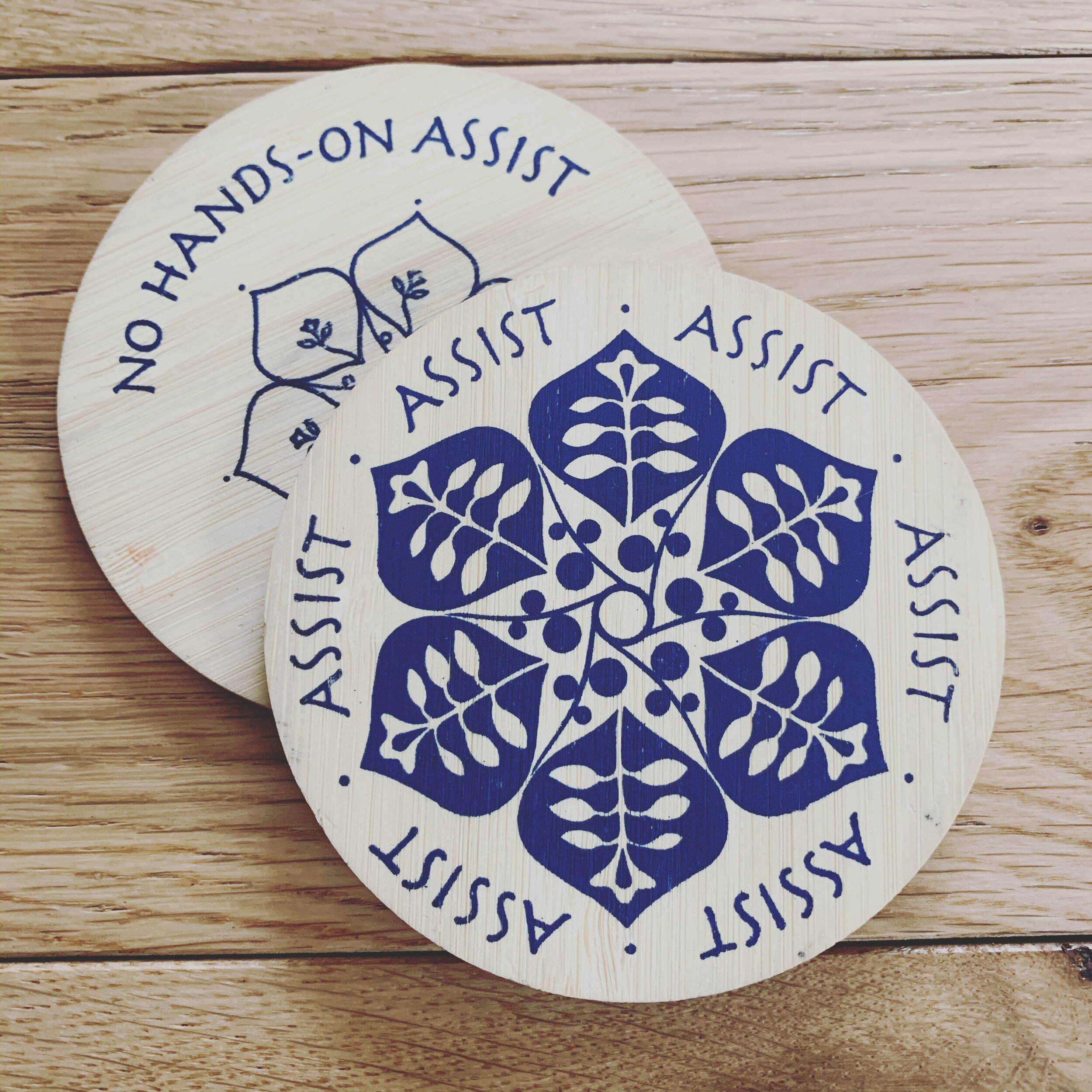Movement
Yoga and the movement of asana have been a part of my life since I was in college. My perfectionist-self was overwhelmed and faking it. The fear, uncertainty, and insecurity were hidden under bluster and an attempt at perfect performance.
I didn’t really let people in because I was afraid of what they would see.
My early yoga classes helped me build a toolbox of movement, breath, and meditation practices that had me feeling stronger physically and mentally. I had small realizations that led me to other questions.
I came to see movement and asana as a way to dive into the relationship and layers of who I am. As I saw how these tools helped me, I felt moved to share that journey with others.
I am moved to be vulnerable about my yoga practice (and life) in a way that often makes me uncomfortable. I am inspired to be real about how hard it is to keep showing up for myself and others when I’d rather hide.
I am moved to acknowledge the pain and work through it. Sometimes it is body-pain that I need to focus on. Other times it is mind-pain. It is also heart-pain. To be honest, they are always all tangled up into one-pain.
It is for this reason that I weave so much into the practice of yoga.
What inspires you to show up for a yoga class?
Is it the way your muscles engage and create that woosh of blood and vitality? Or the way you feel your breath as primary instead of in the background?
Perhaps it's challenging to put into words.
During our practice, we begin slow, soft, and small. There is listening. Noticing. Repetition. These opening movements don’t look like asana (and they aren’t). They invite subtle noticing, as the yoga texts point to. These movements come from SATYA (Sensory Awareness Training for Yoga Attunement), Feldenkrais, Hannah Somatics, CranioSacral Therapy, and other inquisitive practices.
Strength and engagement gradually sneak up on you (in a good way). As we dive into more familiar asana, you’ll see techniques inspired by alignment-based yoga (like Iyengar), vinyasa yoga (like Ashtanga Vinyasa), anatomy study, physical therapy, functional movement, and pilates.
This arc of practice includes moments of The Pause and returns to the earth. Support is both offered and received.
When students ask, “What props do we need?” They’ve come to expect a sly grin and the answer “All the things.” My personal mission is to show students how versatile props are. A blanket is not just to sit on. You can slide it with your feet in plank pose, which makes your core work so much more.
By getting to know what is hard for you, you eventually build more options and the hard things get easier.
I am moved to support your unique practice honoring the variability in human anatomy and interest. I will suggest you use a prop in a novel way and ask: “What is different when you try it this way?”
There is laughter at my bad jokes and “technical terms,” which is my nick-name for sound effects. These technical terms include the woosh of your arm lifting toward the sky. Or the pshu-pshu of heels shooting toward the wall behind you in plank.
As in life, there is a pattern to yoga practice built on commitment and variability. My unwavering motivation is to move with vulnerability, embodiment, and inquiry; to be with you as you do that.
What moves you?




